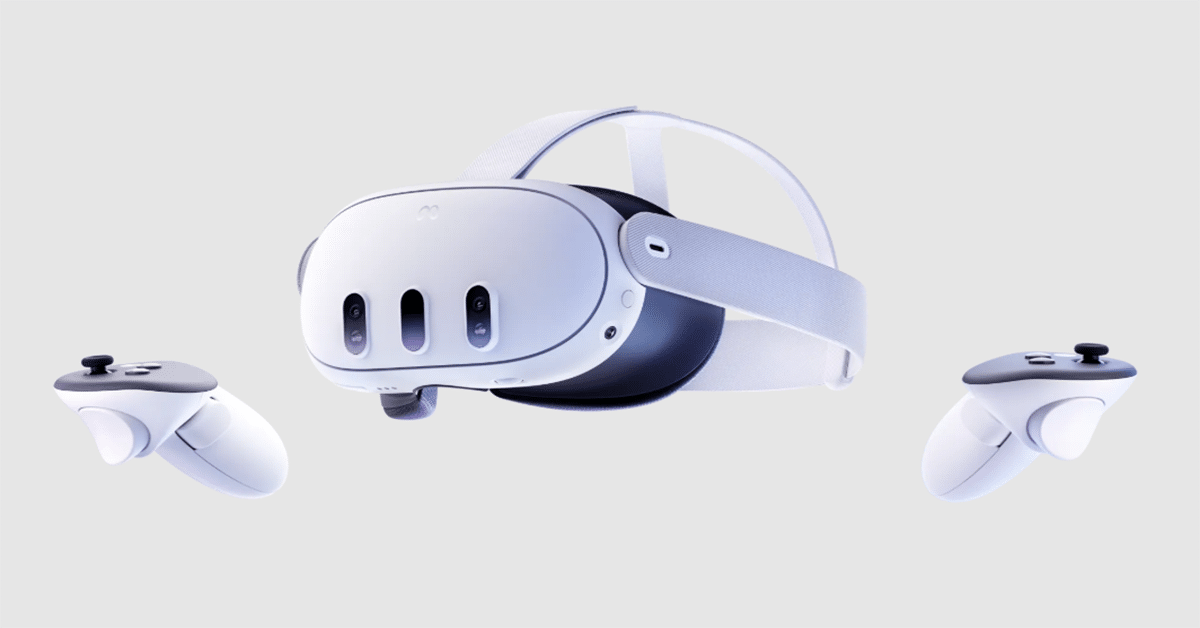Meta can turn your thoughts into words typed on a screen if you don't ...
Meta is showcasing a groundbreaking machine that has the ability to translate thoughts into words typed on a screen. However, before you get too excited about the prospect of telepathic Instagram captions, there are some limitations to consider. The device weighs a hefty half a ton, comes with a price tag of $2 million, and is as portable as a refrigerator. So, unless you plan on carrying around a lab-grade magnetoencephalography (MEG) scanner, mind-to-text communication is not yet a practical reality. Additionally, users must remain completely still while using the device, adding another layer of complexity to the process.
The Impressive Technology Behind Meta's Innovation
Despite these challenges, Meta has achieved a remarkable feat. Their AI and neuroscience teams have developed a system that can analyze brain activity and accurately determine which keys a person is pressing based solely on their thoughts. This system, outlined in recently published papers, demonstrates up to 80% accuracy in identifying letters from brain activity, enabling it to reconstruct complete sentences based on a typist's thoughts.
During the typing process, a volunteer sits inside the MEG scanner, resembling a large hair dryer, which captures magnetic signals from the brain's neurons. An AI model named Brain2Qwerty then learns to associate these signals with specific keys, allowing it to predict the letters being typed. While the results are not flawless, they can achieve accuracy levels of up to 80%.

Limitations and Future Potential
Telepathic typing still faces significant limitations. The scanner requires a specially shielded room to block out Earth's magnetic field, which is much stronger than the brain's magnetic signals. Even the slightest head movement can disrupt the signal, highlighting the current challenges in this technology. However, beyond being just another innovative product from Meta, this research has the potential to significantly advance brain science and improve medical care for brain injuries and illnesses.
Meta explained in a blog post that their AI technology helps interpret MEG signals to understand how the brain translates thoughts into precise sequences of motor actions. By capturing snapshots of the brain's activity every second, they can pinpoint the moment when thoughts are converted into words, syllables, and even individual letters.

While the current technology has its limitations, Meta's non-invasive approach to research offers a less invasive alternative compared to companies experimenting with implanted computer chips. The potential for future advancements is evident, as history has shown that large, cumbersome machines can evolve into more user-friendly and portable devices over time. Just as smartphones today outperform building-size computers from decades ago, tomorrow's brain scanners could potentially become wearable devices.




















